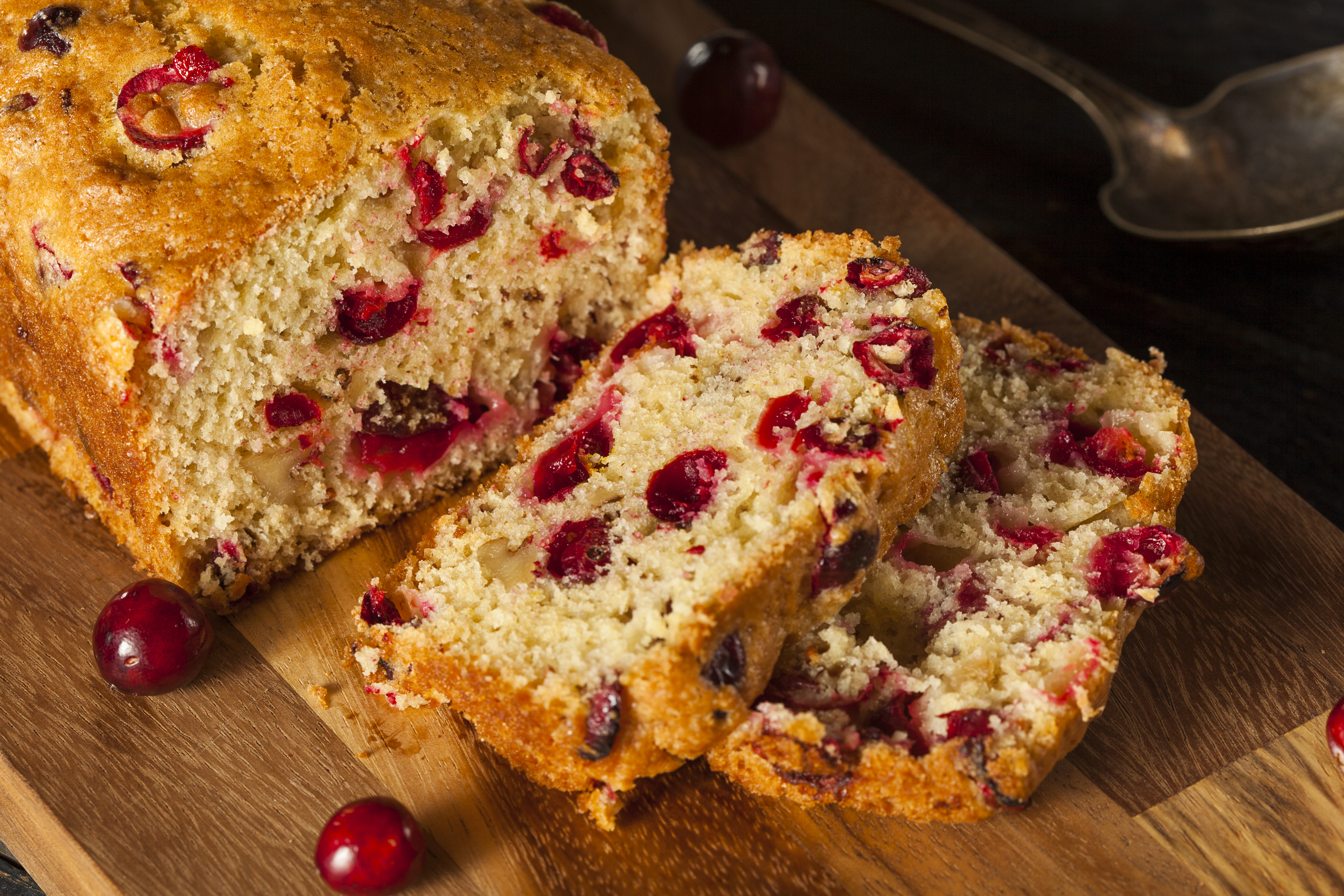It’s time to reimagine bread and muffins, said Mollie Woods, executive director, Cherry Industry Administrative Board.
“Consumer taste preferences continue to evolve as they seek to discover new, adventurous flavors,” she said.
Creating such an experience may be achieved through unique combinations of fruits, nuts and seeds. These add-ins entice consumers by appealing to their visual senses.
Bakers are getting creative as “not too sweet” drives interest in fruits beyond apples, bananas and berries. These tend to be tart, citrus or, sometimes, both. Think cranberry orange.
“As consumer palates shift to prefer less-sweet and more adventurous tastes, fruits, nuts and seeds can venture into the savory side of baked goods,” Ms. Woods said.
Montmorency tart cherries, for example, contribute bold red color and tart flavor without turning a muffin into a cupcake. They are available year-round in dried, frozen, canned, juice and concentrate forms, making them readily accessible as a versatile, nutritious ingredient for baked foods.
“More than 60 research studies have examined the impact of Montmorency tart cherries on sleep, inflammation, heart and gut health, and exercise recovery,” Ms. Woods said. “Their flavonoid compounds are behind the sourness, intense red color and potential health-promoting properties.”
While “not too sweet” is trending, there’s still opportunity for sweet flavors in bread and muffins, said Jerome Davis, technical solutions analyst at Innovative Bakery, a division of Ardent Mills.
“Dessert and pastry flavors are a way to bring some indulgence to bread formulations and incorporate them into the convenience of a loaf of bread that is pre-sliced and easy to warm or toast in a toaster,” he said.
Just like there are many forms of fruit ingredients available to bakers, the same is true of nuts. If visual appeal is important, then opt for diced, sliced and slivered forms. But there are also butter and flour forms of most nuts, which contribute flavor, texture and nutrition and also may assist functionally.
“Each form has characteristics that make it more or less appropriate to specific applications and desired product characteristics,” said Jeff Smith, director of marketing, Blue Diamond Almonds Global Ingredients Division. “For example, almond flour is a great gluten-free baking ingredient that allows you to easily adapt traditional flour recipes without compromising taste or texture. The ingredient offers a smooth mouthfeel and adds a rich, buttery flavor to formulations.”
In addition, almond protein powder can be added to recipes for added protein, fiber and reduced fat. When including almond protein, water adjustments may need to be made to match the performance of almond flour, Mr. Smith explained.
Unlike nuts, seeds are almost always used in a whole format, with piece integrity highly desirable. Seeds pack a punch of plant protein, fiber, vitamins, minerals and essential fatty acids. For consumers who require nut-free products but still want some crunch, seeds are a smart option.
When it comes to enhancing their product line, bakers should RSVP on the invitation to incorporate fruit, nuts and seeds into their new product process.
This article is an excerpt from the December 2019 issue of Baking & Snack. To read the entire feature on fruits and nuts, click here.






